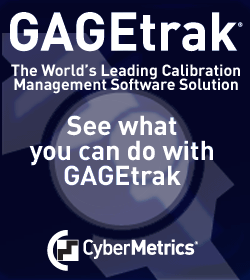Body
In my August column, “How to Turn Capability Indexes Into Dollars,” and my September column, “The Gaps Between Performance and Potential,” I showed how to convert capability indexes into the effective cost of production and use (ECP&U), and how to use these costs to quantify the payback for various improvement options. In this column, I will show how the ECP&U defines what is required to operate in the zone of economic production.
…
Want to continue?
Log in or create a FREE account.
By logging in you agree to receive communication from Quality Digest.
Privacy Policy.

Add new comment